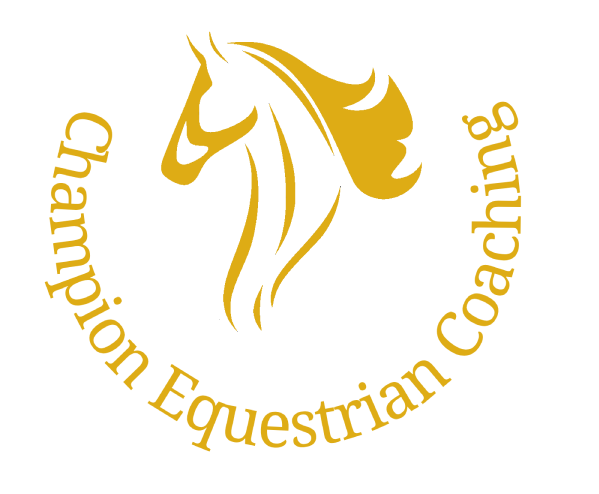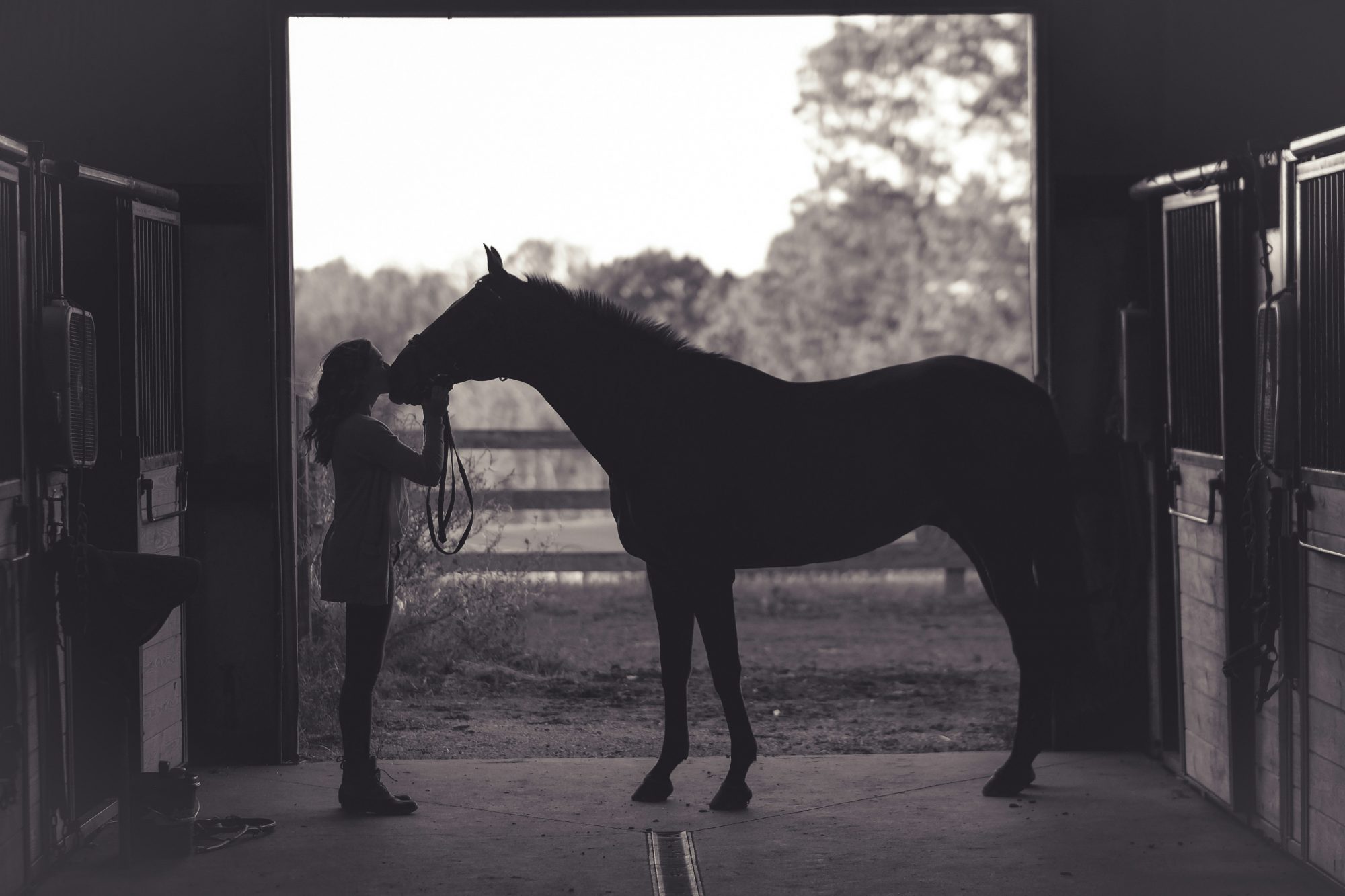When we think of horsemanship, our minds often jump to the thrill of a gallop or the precision of a dressage test. But some of the most profound moments of connection with a horse begin while our feet are firmly on the ground. Groundwork, the simple, yet powerful act of working with your horse on the ground, is the secret ingredient for building a foundation of trust that will benefit every moment you spend together, both in and out of the saddle.
Groundwork is about more than just teaching a horse to “behave.” It’s about learning to communicate, establishing yourself as a calm and consistent leader, and giving them the confidence to trust your guidance.
Groundwork exercises to build your partnership
Each of these is like a conversation, offering a chance to listen to your horse and for your horse to listen to you.
- Leading with purpose: It sounds simple, but leading a horse effectively shouldn’t be underestimated. Don’t just walk; walk with intention. Practice asking your horse to stop, turn, and back up with clear, gentle cues. When they respond, immediately release the pressure and praise them. This teaches your horse that you are a reliable leader who provides clear instructions and fair rewards. It’s the foundation of all future conversations.
- Yielding to pressure: This exercise is all about teaching your horse to move away from light pressure. Whether you’re asking them to move their hindquarters or their shoulder, the goal is to use a feather-light touch and release it the moment they respond. This helps them to build suppleness and teaches them to respect your space. It’s a gentle dance of give and take that strengthens communication.
- Grooming as a bonding ritual: Grooming isn’t just about making your horse look good; it’s a social activity that mirrors how horses care for one another in a herd. By calmly and methodically grooming, you’re demonstrating to your horse that you can be trusted. Pay attention to their reactions and reward their calm demeanour with soft praise.
- Navigating obstacles together: Walk your horse over poles or through a small obstacle course. This exercise does two things: it teaches your horse to be mindful of their feet and it also reinforces their confidence in your leadership. When they encounter something new, they will look to you for guidance. Your calm manner and clear direction will help them step over the obstacle without hesitation, building trust that you won’t lead them into harm’s way.
Common mistakes that can break trust
Just as certain exercises build trust, a few common mistakes can quickly erode it. The goal is to avoid these pitfalls and become the leader your horse needs.
- The problem of inconsistent signals: Inconsistency is a recipe for confusion. A horse can’t trust a leader who speaks in a language that constantly changes. Be intentional with your cues and use the same signal for the same request every time.
- Rushing the process: Trust is built one patient moment at a time. Trying to rush your horse through a new exercise or demanding too much too soon will only lead to anxiety and frustration. Instead, break down each task into small, manageable steps and celebrate every small success.
- Punishing fear or confusion: If your horse spooks at a plastic bag or becomes agitated, a harsh correction will only teach them to fear you, not the object. Instead of punishing them, calmly guide them through the situation. Show them that you are their safe place, no matter what.
How to Tell If Things Aren’t Going Well
Your horse is always communicating with you, and learning to read their body language is the most important skill you can develop. Here are some signs that your groundwork sessions might not be building trust:
- A “switched off” horse: Is your horse just going through the motions? Are they dull, disengaged, or frequently looking away from you? This can be a sign of a “shutdown” horse – one who has stopped trying to participate and is just complying to avoid correction. This is not true partnership.
- Physical signs of stress: Look for a swishing tail, a tightly held neck, or pinned ears. These are all signs of tension and discomfort. If you see these, it’s a cue to stop, take a breath, and re-evaluate your approach. Perhaps you’re asking for too much, too soon.
- Constant evasion: If your horse is constantly trying to move away from you, yanking on the lead rope, or trying to escape a cue, they may be feeling micromanaged rather than guided. They aren’t learning to solve a problem; they’re just trying to avoid pressure.
What to Do in These Moments:
- Stop and breathe: The first thing to do is take a moment to reset yourself. Horses are incredibly sensitive to our energy.
- Go back to basics: If you’re struggling with a new exercise, return to something you both know and can do well, like a simple walk and halt. End on a positive note.
- Offer a choice: Instead of forcing an action, give your horse a moment to think. Lighten the pressure and see if they offer a correct response. This empowers them and builds their confidence in their own abilities.
The ultimate goal of groundwork is not obedience; it’s about building an effective relationship based on mutual respect and trust. By being a calm, consistent, and empathetic leader, you will build a bond with your horse that is strong on the ground and in the saddle. It’s in these seemingly insignificant moments that the strongest connections are made.

